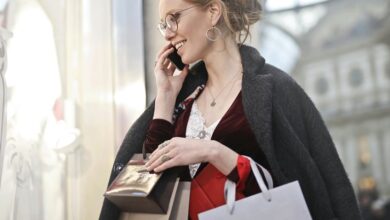Color: Z9nflmyfeva= Background: 1funucjvmke= Blue

Color: Z9nflmyfeva= Background: 1funucjvmke= Blue been recognized for its profound psychological impact and its significance in design and branding. Often linked to feelings of tranquility and trust, blue serves not only as an aesthetic choice but also as a strategic tool in shaping emotional responses. Different shades of blue can transform a space, influencing mood and perception in subtle yet powerful ways. Understanding the nuances of this color can be pivotal for designers and brands alike. What implications might these variations have on our daily experiences and interactions?
The Psychology of Blue
One might observe that the color blue invokes a unique psychological response, often associated with tranquility and calmness.
Blue symbolism frequently embodies notions of freedom, peace, and trust, fostering a sense of security. Its associations with nature, such as the sky and ocean, further amplify feelings of expansiveness.
In various contexts, blue can inspire creativity and introspection, encouraging exploration of one’s inner self.
Blue in Design Applications
Leveraging its psychological impact, blue has become a dominant choice in various design applications, influencing everything from branding to interior spaces.
Rooted in blue color theory, designers utilize its calming qualities to evoke trust and creativity.
Blue branding strategies effectively resonate with audiences, fostering loyalty and engagement, while enhancing environments with a sense of tranquility and openness, empowering individuals to embrace their freedom.
Read Also Background:8gr6blqffve= Jennifer Lawrence

Enhancing Mood With Blue
Numerous studies have shown that the color blue significantly influences emotional well-being, making it a powerful tool for enhancing mood.
Blue light therapy harnesses this potential, providing a calming effect that combats anxiety and depression.
Furthermore, blue color symbolism evokes tranquility and serenity, promoting a sense of freedom.
Choosing the Right Shade
The intricate interplay of color and emotion underscores the importance of selecting the right shade when designing a space or choosing clothing.
Shade selection requires an understanding of color harmony, ensuring that hues complement rather than clash.
Conclusion
In conclusion, the strategic use of Color: Z9nflmyfeva= Background: 1funucjvmke= Blue and branding can significantly influence emotional responses and create tranquil environments. For instance, a hypothetical case study of a corporate office utilizing soft blue tones in its interior design illustrates the enhancement of employee well-being and productivity. By fostering a serene atmosphere, this choice not only promotes trust and collaboration but also encourages creativity and introspection, ultimately leading to a more harmonious workplace.



